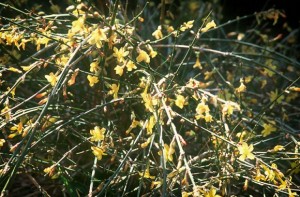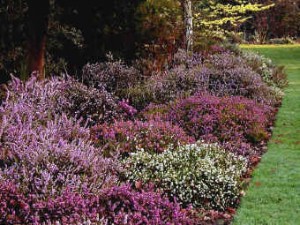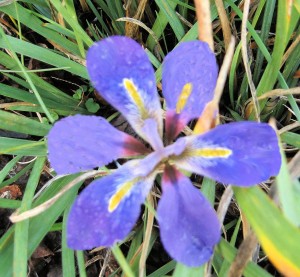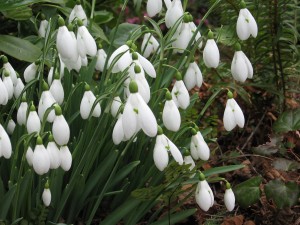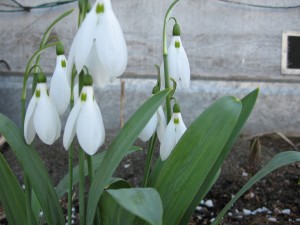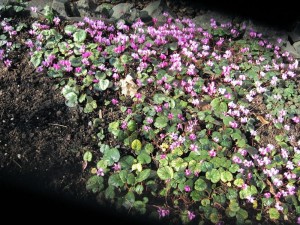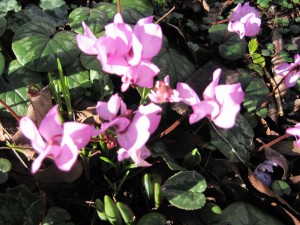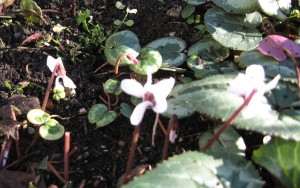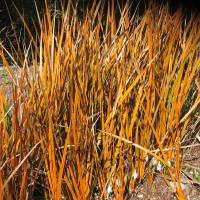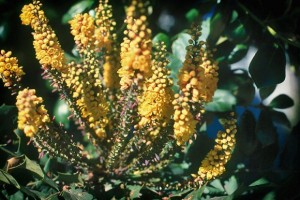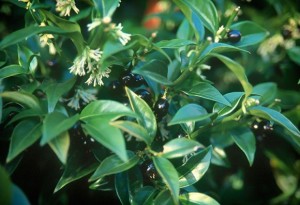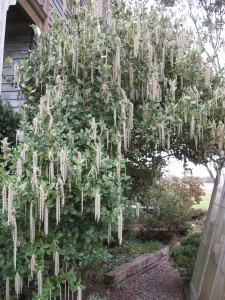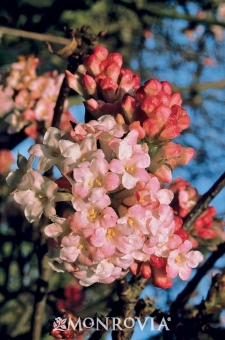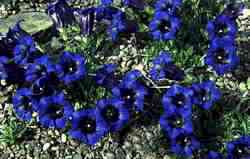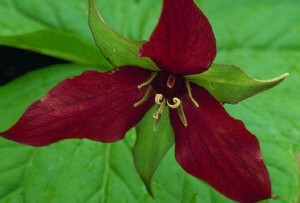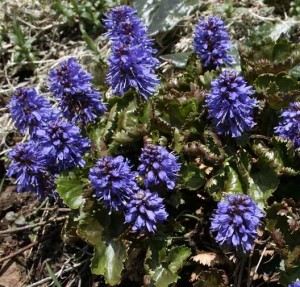JANUARY:
 We have had a very mild winter so far and the return of the swallows indicate that spring is on its way. That we are also about to break the nine hours of sunshine is also a big moment for me. The (Navy daylight hours link) was a surprise, and by inputting your state and town information you will get your Persephone interpretation. Calculating Your Garden’s Persephone Days is an important tool in gardening and this is a good article. The United States Naval Observatory provides an online tool that produces a Duration of Daylight Table for any location in the world. Here’s an example for my garden. BTW – I just broke through the nine hour mark!
We have had a very mild winter so far and the return of the swallows indicate that spring is on its way. That we are also about to break the nine hours of sunshine is also a big moment for me. The (Navy daylight hours link) was a surprise, and by inputting your state and town information you will get your Persephone interpretation. Calculating Your Garden’s Persephone Days is an important tool in gardening and this is a good article. The United States Naval Observatory provides an online tool that produces a Duration of Daylight Table for any location in the world. Here’s an example for my garden. BTW – I just broke through the nine hour mark!
I will do a new page on blooming plants for every other month, with a link beneath to the previous articles.
Non-Scented, but a wealth of bright yellow flowers on bare stems in winter surprises the casual walker stops and asks, “what is that?” The Winter Jasmine (Jasminum nudiflorum) looks well at home with pink heather or C. couem also blooming now. Not often offered by growers, it has neither the fragrance of most jasmines and is a squat shrubby plant ….. So why???
Because it is a survivor, easy to grow, and accommodates bad treatment without so much as a petal dropping. This is probably the main reason the Winter Flowering Jasmine , is so often left to its own devices in life – other than receiving the occasional cutting back. Jasminum nudiflorum will grow in most soils, in most aspects, dry or moist, sun or part shade. z6 for sure. Its luminescence will brighten up even partially shaded and cold sites at a time when little else is in flower.
This little known, winter-blooming Algerian iris has the ability to flower when few others dare. Like the native Pacific Coast Iris the narrow green leaves, make a dense deer-resistant clump to 18″ wide. Starting in November, the clumps begin to flower with 2″ very fragrant, light lavender-purple flowers and continue through spring. Stopping only if the temperature drops below 15 degrees F). Iris unguicularis prefers a dry and well-drained location. z5
The drooping white flowers of G. nivalis, the common snowdrop are familiar to most. Less well known are the dozens or more varieties that include doubles or larger flowered forms. The second picture is is of the cultivar ‘Mighty Atom’ snowdrops.
Some background and history. John Gray was a well-known British snowdrop enthusiast and who’s garden contained some extremely fine and unnamed snowdrops. When he died in 1952, some of the finest plants passed to E.B. Anderson (another great hybridizer), who made a special attempt to collect them. Thanks to his efforts one clump was to be named John Gray and remains distinct to this day. T Plant with early blooming primroses, Cyclamen couem or Iris reticulata — purples esp. Hardiness z 5 Bloom: Feb. March Light: Excellent for sun or in part shade which gives me a segue to cyclamen.
Cyclamen coum is a smaller leafed winter blooming plant. The great foliage carries aloft mostly pink flowers and can make a pink oasis under trees and lends great charm to the winter/spring garden. The plant self-sows easily. They bloom in Feb March and even into April and have beautifully round dark green leaves and some are mottled like C. hederifolium.
Best in Zone 5-9 Height about 2-3” Excellent in Pt. Shade Well drained soil is important! Naturalizes (!!! Even into grass) Ants carry the seeds and plant them willy nilly. Works well in rock gardens as well
Cyclamen are among the most charming of plants, whether grown as specimens in the rock garden, or used as opulent ground covers under deciduous trees and shrubs, or kept imprisoned in pots in cool greenhouses. The rounded leaves are usually a dark green but can have various green and silver patterns. The magenta- pink flowers, lend great charm to the spring garden, but as one picture shows an errant white form can occur. The flowers cheerfully withstand snow’s coming and going, and bloom in mass with the specie spring daffodils. You simply cannot have too many of these.
Related to Iris and grows much like the Pacific Coast Iris in foliage, but more attractive for its bronzy copper color. They are especially useful in poolside or pond garden settings and thrive in most well drained soils. The leaves are particularly effective when back-lit by the sun. I would consider planting large blue purple Agapanthus behind these beautiful plants. They can travel so one should keep that in mind. Planting in a deep nursery pot and sinking it into the ground can mitigate this problem.
Also nice with black mondo grass or red sempervivum/Heufelii. Blue Senecio, Purple Aeoneum might be good container choices for this plant as well. Coastal Pacific Northwest or California — or warmer climes of course.
A wet winter has not dampened the cheery bloom of this hybrid Mahonia that is now some eight feet tall. There are many hybrids between M. lomarifolia and M. beali that bloom even earlier. This form is a cross between the former and M. japonica and is named M. x media ‘Charity.’ It will be followed be striking blue fruit. that will atract birds later on. With ‘Charity’ well under way, ‘Hope’ has been introduced and I am sure that ‘Faith’ is just around the corner. z7 Hardy
This is a close-up of GARRYA eliptica ‘James Roof.’ This is shrubby coastal native that with pruning can become a small tree. It is hardy in Zone 8 of WA and needs sun or light shade to thrive. Well-drained soil.
This is the Silk tassel shrub. A wondrous evergreen shrub that is native to the Pacific Northwest. There are many cultivars available. Some are chosen for cold hardiness, most for the size of catkins. ‘James Roof” is one locally popular cultivar and has unusually long catkins and begins to bloom around Christmas.
What is particular nice about this plant is that it can participate equally well in all sorts of gardens. Part shade or full sun. Some of the others demand full sun and tolerate drought and heat much better than the coastal eliptica cultivars. All are great with manzanitas.
FEBRUARY ADDITIONS
A wet winter has not dampened the cheery bloom of this hybrid Mahonia that is now some eight feet tall. There are many hybrids between M. lomarifolia and M. beali that bloom even earlier. This form is a cross between the former and M. japonica and is named M. x media ‘Charity.’ It will be followed be striking blue fruit. With ‘Charity’ well under way, ‘Hope’ has been introduced and I am sure that ‘Faith’ is just around the corner.
Synthyris missurica ssp. stellata – Here is a closeup of Western Mountain Kittentails Synthyris missurica ssp. stellata.
I have always called it as S. ‘stellata’ as that is the ssp. where it was collected. The parent family ‘S. missurica’ is more widespread but grows only at high elevations, usually when snow is still on the ground. That snow pack keeps access roads closed or covers sections of trails. Consequently, few people in Modoc or Lassen counties, California are familiar with it.
© Herbert Senft 2015

